
Get a Quote
Get a Quote and Find Services to Fit Your Needs 50000+ Satisfied Clients
5000+ Licenses & Registration
15 Branches across India
75 Years + Combined experience
Satisfied Clients
Services
Years Combined Experience
Get Started!
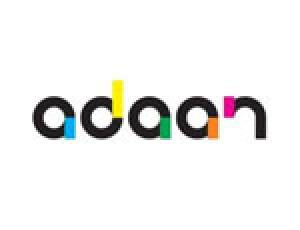
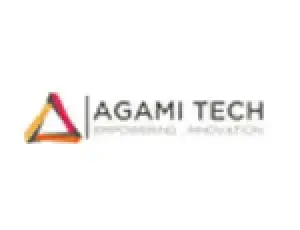



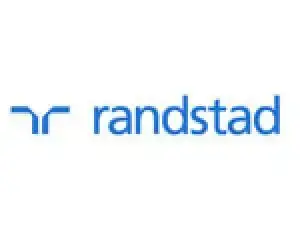





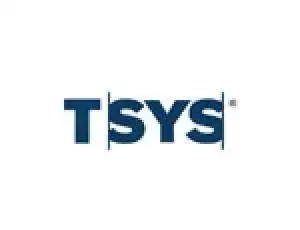


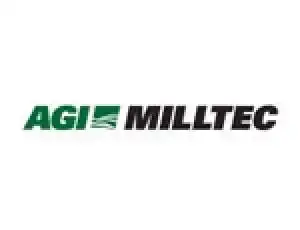
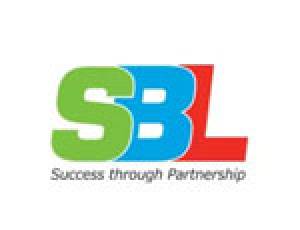
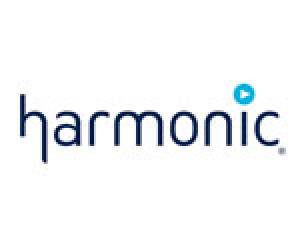




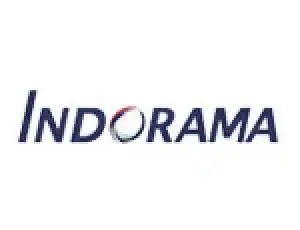

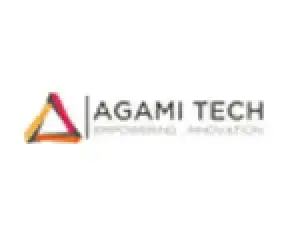
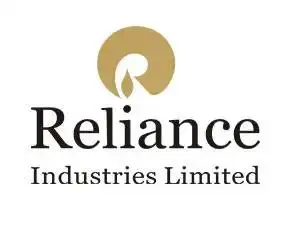
BEE certification is provided by the Bureau of Energy Efficiency of India to the manufacturers of electronic and electrical appliances. It does so by rating the energy efficiency of appliances and then giving them the BEE energy rating in the Bureau of Energy Efficiency certification.
India, the fastest growing economy in the world, has many consumers of electrical appliances. Due to it, at the beginning of the year 2000, there was a rapid rise in the number of available brands. It confused the Indian customer, and he asked, "Who should I buy from?". Bureau of Energy Efficiency registration was born to help them make that choice and watch over the energy consumption intensity in the Indian economy, Bureau of Energy Efficiency registration was born. They did it by providing consumers access to star-rated appliances.
Bureau of Energy efficiency star label was born in 2002 under Conservation Act, 2001. Its objective was to watch over the impact on energy consumption of the Indian economy. It also served a secondary purpose of giving a star rating so that people can have a choice of energy-efficient products. It does so by testing the products as per the BEE energy efficiency standards that it has set up.
As per the provisions, the BEE certification in India has been made mandatory for 10 appliances. Also, the BEE certification has been made voluntary for the rest of the sixteen. However, voluntary certification is also recommended because it helps the brand gain customer's trust.
So, get the BEE energy star rating for AC, refrigerators, ceiling fans, and other electrical appliances by going through the simple to implement a procedure for the bureau of energy efficiency star rating.
BEE star rating means how efficiently the electronic or electrical appliance uses electricity. The higher the star rating, the less consumption of electricity and the more feasible the product is to be used by the public. In addition to giving the customers an idea of the product they are using, it gives the electronic manufacturers up their technological game so that their products are more in demand. And Star rating BEE is what our experts are trying to provide you with.
Objectives of the BEE
.jpg)
The following are the objectives for which the BEE was set up under the Conservation Act of 2001:
Schemes under the Bureau of Energy Efficiency
.jpg)
The following are the schemes covered by the Bureau of Energy Efficiency:
National Mission for Enhanced Energy Efficiency (NMEEE)
National Mission for Enhanced Energy Efficiency (NMEEE) is one of the eight national missions under the National Action Plan on Climate Change (NAPCC), released in June 2008 by the Government of India. The mission's primary objective is to develop regulations and policies instrumental in strengthening the market for energy efficiency.
Energy Conservation Building Code (ECBC)
Energy Conservation Building Code or ECBC is a code that provides minimum requirements for the energy-efficient design and construction of buildings, and it applies to large commercial buildings with a connected load of 100 kW and above or 120 kVA and above.
Standards and Labeling Scheme
Standards and Labeling (S&L) program was initiated with the key objective of providing consumers an informed choice regarding the energy savings and the cost-saving potential of various energy-consuming appliances. S&L scheme covers the star labeling program for 28 appliances, out of which 10 are under the mandatory regime, and the remaining 18 are under the voluntary regime. The vital benefits of the S&L scheme are:
Demand Side Management (DSM) Scheme
Demand Side Management (DSM) has been traditionally recognized as one of the major interventions to achieve a reduction in energy demands while ensuring continuous development. DSM interventions have helped utilities reduce the peak electricity demands and defer high investments in generation, transmission, and distribution networks. There are two types of DSM in the BEE:
· Municipal Demand Side Management (MuDSM) scheme
In order to tap the energy savings potential of municipalities, BEE initiated a nationwide Municipal Demand Side Management (MuDSM) program to address Energy Efficiency in drinking water and sewage water pumping system, street lighting, and public building across the Urban Local Bodies (ULBs) and Municipalities.
· Agricultural Demand Side Management (AgDSM) Scheme
This program promises energy efficiency through agriculture demand-side management by the following:
Capacity Building of DISCOMs
DSM programs help utilities reduce their peak power purchases by lowering their overall cost of operations. The capacity building and other support are essential for the DISCOMs to implement DSM in their respective areas. In this context, the Bureau of Energy Efficiency had launched a program for capacity building of DISCOMs. This has helped build DISCOMs officials' capacity and develop various mechanisms to promote DSM in their respective areas.
Strengthening of State Designated Agencies (SDAs)
The Energy Conservation Act mandates the creation of a two-tier organization structure to promote the efficient use of energy. This conservation in the country with BEE as the nodal agency at the central level and SDAs as nodal agencies at State / Union Territory (UT) level was established under the EC Act.
Register BEE Certificate online in India
Before applying for BEE certification, you must determine whether you're eligible for mandatory or voluntary BEE certification.
Per the BEE star rating guidelines, some products fall under the BEE mandatory product list, and some are under the BEE voluntary product list. But rather than complicate the matter, let's give you a list of products that require your undivided attention:
.jpg)
The ones mentioned above are the common ones, but other products that you need a star rating for are as follows:
Electrical Appliances
Electronic Devices
Mechanical devices
So, here are the products that need your undivided attention.
Online BEE Certificate Registration in India
The BEE certificate requirements to get an Energy-efficient rating to differ on two different BEE certificate levels:
For the brand level, the documents required are as follows:
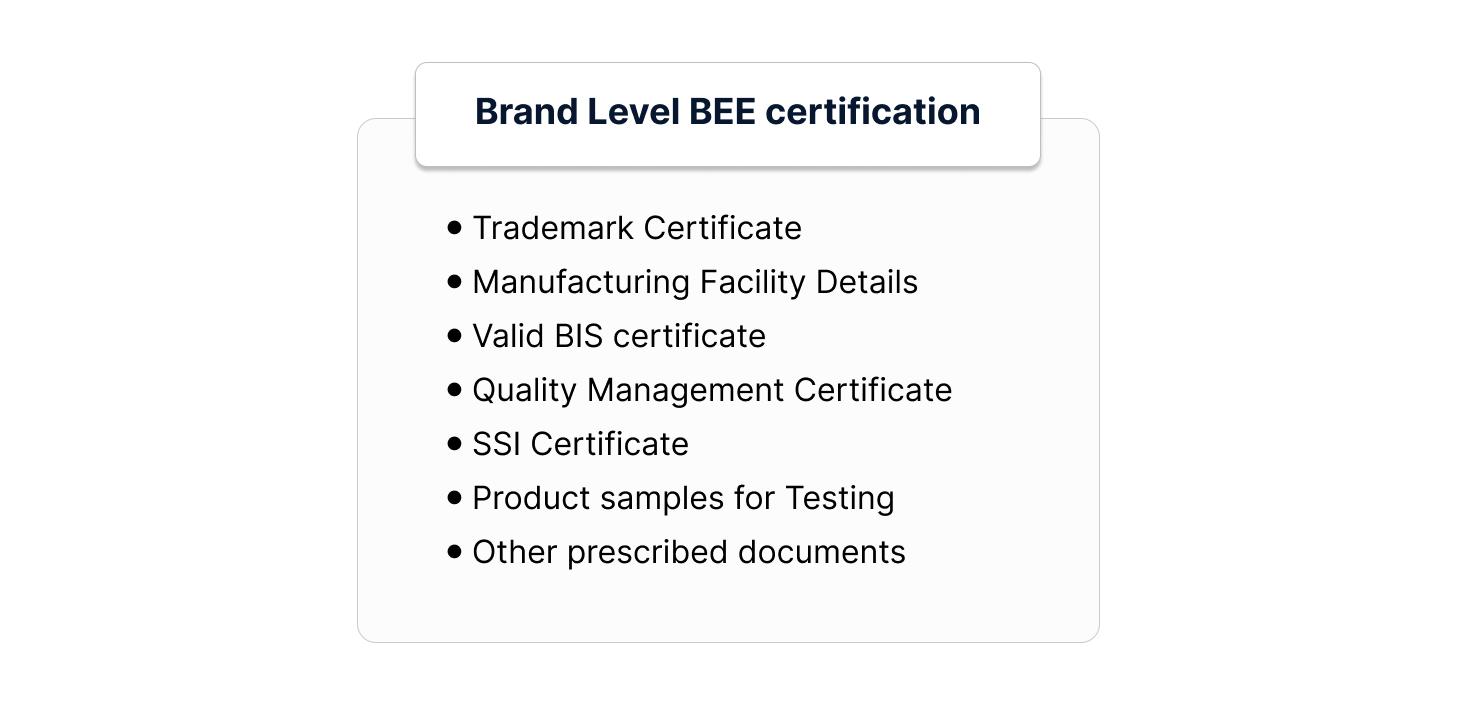
For the model level BEE certification, the documents required are as follows:
.jpg)
.jpg)
BEE Certificate Registration process in India
Unlike traditional certifications, the BEE registration process or BEE certification process or the process of getting an energy star rating has two levels:
Once you have cleared the certification process at both BEE status levels, only then you get complete registration.
As for the process, BEE certification in India has the three traditional steps:
.jpg)
1. Testing of the appliance to check for energy consumption.
2. Filing the application for BEE certification. There is currently a process to register a BEE license online, which also makes the application filing process online.
3. Submitting the application or the BEE license form via filling out the BEE license online application to the Bureau of Energy Efficiency. Remember that during this step, you'll be given a Bureau of Energy Efficiency Login. Once you receive the login, proceed to file the application and pay the bee certificate cost. The entry fee is the same for the entry-level BEE certificate price, while the model BEE certification fee is charged per model basis.
4. Submitting the Offline documents as well;' The BEE certificate form is not only to be filed during the BEE certificate online application process, a hard copy of it – a duly filled BEE registration form PDF – has to be submitted to the BEE rating agency. Along with the application, the documents must also be submitted. As for where to send it to, the bee office address varies depending upon your state. The consultants will help you get there as you file the application.
5. Getting the application processed and getting the certification on time. During processing, the department will conduct a thorough BEE verification process to check the efficacy of your documents.
BEE star rating means you're not going to get the 3-star BEE rating or the 5-star BEE rating right away. To give you a star rating, BEE conducts a series of tests to see if your products fall on the specific standards.
Furthermore, throughout the process of BEE certification in India, you'll have to monitor the application's status. You'll be promptly informed of any issues if your application has any issues. Afterward, it would be up to you to conduct a follow-up and sort out those mistakes, and only then you'll have completed BEE certificate registration.
Remember that upon getting the BEE compliance certificate, your product is under the radar of the BEE. It means that you can't reduce the quality of your product for quick profits on a whim.
Energy savings by BEE
Based on the impact assessment report of 2019-20, the following are energy savings targets that the BEE has achieved:
Our Assistance in getting the BEE Certification
When you approach the BEE certification, you'll find several documents requirement and processes ranging from various and ambiguous details in the application form.
So, to get the BEE star rating for your appliances, feel free to contact our experts and get one-on-one with our BEE certification service.

★ ★ ★ ★ ★
I very much appreciate the fact that you guys possess tremendous knowhow of private limited company incorporation. You have exhibited professional and respectful manner towards my query and I would seriously recommend you guys to all the folks looking for outstanding business services.

★ ★ ★ ★ ★
Thanks to their support, I got my trademark successfully. I highly recommend their services for anyone needing help with their intellectual property. The person assigned to me was very cooperative and helpful.

★ ★ ★ ★ ★
Thanks to their support ragistrationwala team, I got my IP-1 license successfully and special thanks to Miss.Kanishka for your great and timing support !!!!!! I have archived my goal one step forward... Thanks for the entire team....

★ ★ ★ ★ ★
Really helped a lot in getting my both VNO licenses. Great experience working with the team and very humble team, thanks for providing the vno license on time.

★ ★ ★ ★ ★
I had a good time working with Registrationwala. Good team. I would recommend their services to others.

★ ★ ★ ★ ★
It was extremely great service of Registrationwala consulting firm, and this firm is providing the best services and worry about the client's required services along the client's satisfaction.

★ ★ ★ ★ ★
Superb Experince! Within no time the trademark registration was on.Highly professional team. I am very much Impressed with the prompt response and efficiency.Thank you.

★ ★ ★ ★ ★
We had taken ISP license from registration wala and the supporting person is very helpful to taken that license his communication and his work is satisfactory and thanks for those services

★ ★ ★ ★ ★
I sincerely appreciate your prompt support in helping me get the access license so quickly. Your professionalism and efficiency are truly commendable. Thank you for going above and beyond to assist me. Keep up the great work!